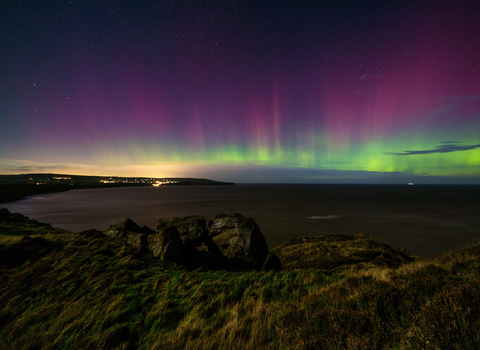2021 has been a year of challenges and change.
We've faced a 'return to normal' in a world fundamentally altered by the effects of the pandemic. Faced by the challenge of the climate emergency, nature and wildlife have found themselves front and centre like never before. But amongst this ever-changing backdrop, your ongoing support has helped us achieve amazing things for Yorkshire's wildlife and wild places. Here are some of our highlights from this year... we hope you enjoy reading them!
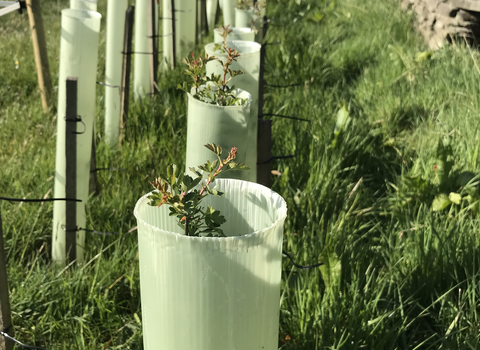
We reduced the risk of flooding in West Yorkshire
Natural Flood Management (NFM) means working with the landscape around a river catchment to absorb, clean and slow the flow of water. This includes installing leaky dams and shallow ponds known as wetland scrapes, planting trees and creating buffer strips between the river and livestock to reduce soil runoff.
With other partners in West Yorkshire, our NatureBid project helped farmers and landowners implement natural flood management measures in the Upper Aire Valley. The auction ran in March and October and awarded £340,792 of funding to 145 bids across the catchment.
These measures will help to slow the flow of water and reduce the risk of flooding, improve water quality, improve soil health, encourage carbon capture and enhance biodiversity.
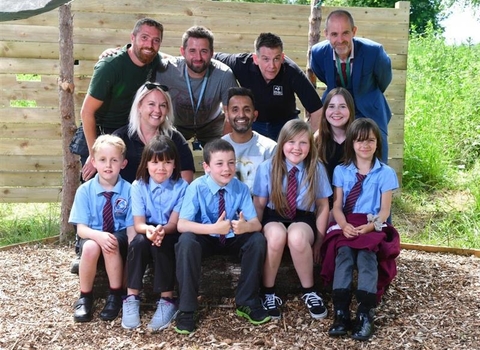
We helped schools embrace outdoor learning...
Nature Friendly Schools was a two year project aiming to improve the mental health and wellbeing of pupils through the natural environment. This included creating outdoor learning spaces, and training and empowering teachers to deliver outdoor education! The project hoped to prove a significant link between time spent outdoors and mental health & wellbeing.
Finishing this year, our team provided support to 44 different schools, creating a brand new outdoor learning space for each school and supporting them with equipment, training and resources.
Over the two years, they engaged an incredible 885 teachers and 2906 children and left a legacy of enthusiasm for learning outdoors - inspiring the next generation to connect with and protect our natural environment!
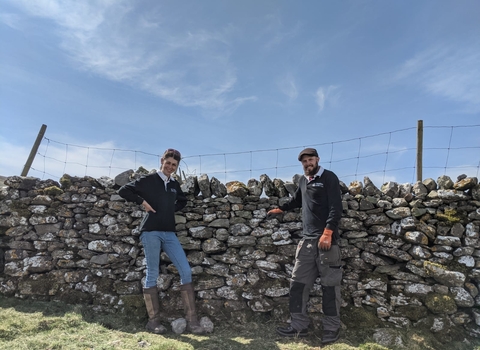
We brought hope for a wilder future to Ingleborough
Since Wild Ingleborough launched earlier this year, the team have been busy putting up dry stone walls, planting around 11,000 native trees, undertaking wildlife surveys and relocating grazing animals, all to help the land and its wildlife on the road to recovery.
Wild Ingleborough, which will initially cover 1,200 hectares, plans to be one of the first examples in England of reestablishing the natural tree line. By aiding nature’s recovery, we will protect and restore wildlife-friendly habitats, home to precious animal species including black grouse, red squirrels, cuckoos and curlews.
Our restoration of peatlands and the expansion of native woodland and scrub will also remove and store carbon, another important example of a natural carbon solution which are key to helping us tackle the climate emergency.
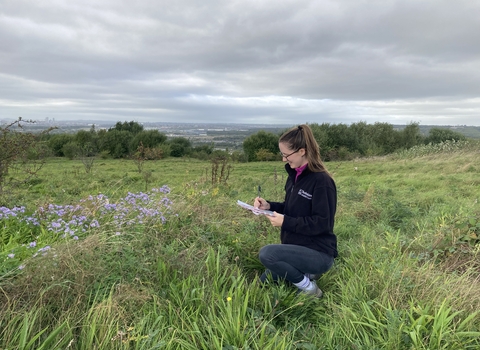
We celebrated our volunteers
Our volunteers help us to achieve so much for wildlife and for people. From putting in the hard graft on cold, miserable winter days to speaking passionately about wildlife to people all across Yorkshire, we could not do what we do without them.
After a disrupted year in 2020, our volunteers have come back with amazing energy in 2021, with 569 volunteers recording an incredible 26,400 hours! And what's more, an amazing 30 volunteers stepped up and became Nature Reserve Wardens to help us manage increased demand on our nature reserves, when the winter lockdown eased in March earlier this year.
We are so grateful for everything all our volunteers support us with - thank you.
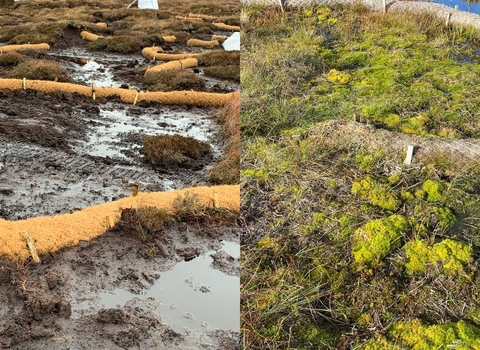
(c) Jenny Sharman
We breathed life back into our peatlands...
Peatlands are an incredible and vital habitat - globally, they store more carbon than all of our forests combined. But most of the UK's peatlands are severely degraded and actively release carbon into the atmosphere. Our Yorkshire Peat Partnership works with partners across northern uplands to protect and restore our peatlands.
The work includes blocking the 'grips' and that were dug to drain the land and the 'gullies' that formed because of them so that the ground retains water, and planting sphagnum moss and cotton grass to protect the peat from erosion. This year, the partnership completed a remarkable 36,574 ha of peat restoration work, which is 38% of all the blanket bog in Yorkshire. YPP blocked and reprofiled over 130km of eroding grips and gullies, and planted over 250,000 plants!
Just look at the photo to see the difference it's making!
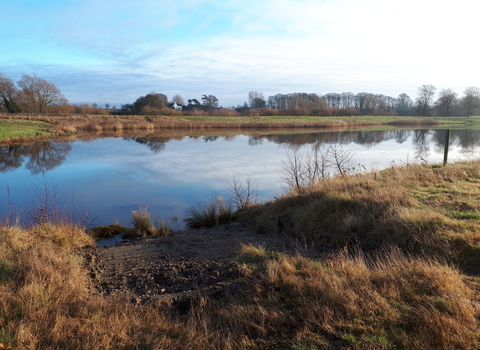
We made Ripon City Wetlands more accessible for all...
Ripon City Wetlands is our newest nature reserve, emerging from the footprint of a working quarry. It opened to the public back in 2019 and is home to bitterns, avocets, little ringed plovers, kingfishers and otters among the reedbeds and in the water. We were lucky enough to see a marsh harrier fly over earlier this year!
We've been thrilled to receive a Good Access Scheme award from the Open Country, after responding to feedback that the gravel car park and gates made it challenging for visitors with limited mobility to access the reserve. We resurfaced the car park, installed new gates and an accessible shelter, and created some blue badge parking bays in the car park. We're so grateful to everyone who advised us and we've taken all this learning on board.
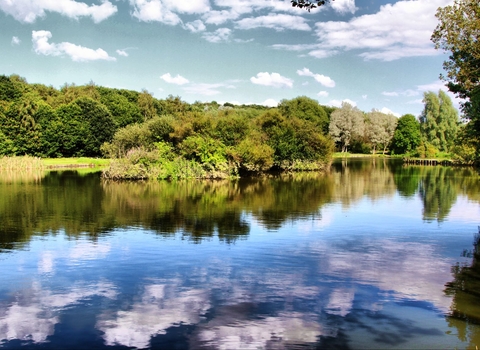
(C) Norman Hearne
We protected wildlife in the Dearne Valley
Following over twenty years of work, Dearne Valley wetlands was designated a Site of Special Scientific Interest (SSSI) by Natural England, giving this special site and its wildlife vital protection for years to come. It was designated primarily for the nationally important breeding and wintering birds that use the wet grasslands, wetlands, open water and scrub habitats.
Compare that with just ten years ago when the valley was a degraded, industrial landscape, and you can see just how far we have come. Many would have considered this valley beyond repair, but the dedication and hard work of conservation groups have ensured its restoration to an exemplary space for wildlife.
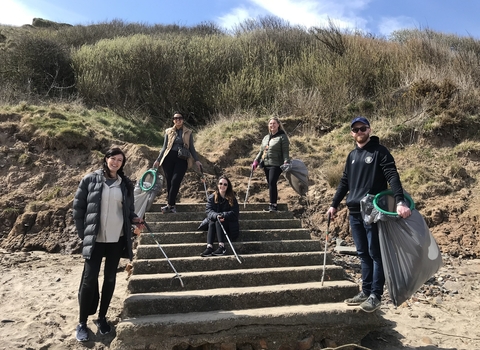
We removed litter from our oceans...
It's estimated that within the North Sea alone, approximately 20,000 tonnes of waste is dumped annually - that's the equivalent of 20 blue whales! Our Waves of Waste beach cleans take place up and down the Yorkshire coast. This year, our staff and volunteers have managed to achieve great things!
- 154 bags of litter have been removed from our coastline
- 424 people have helped us clean our beaches
- 30 miles of coastline have been cleaned
- 95 hours has been spent cleaning our coast (mostly by our incredible volunteers)
Because of their hard work, our seas are cleaner and safer for our incredible marine wildlife.
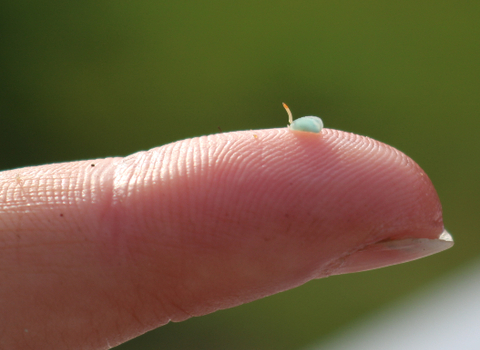
We planted seeds of hope for Yorkshire's oceans
Thanks to your generous support of our Give Seas a Chance campaign, we've sowed seeds of hope by planting seagrass, an amazing ocean habitat and natural carbon store. Back in March, we successfully germinated our first seagrass seed – and that was only the beginning!
In September, around 30,000 seagrass seeds were sustainably and carefully collected and 3.5 acres have already been planted. Next year we'll plant more mature plants over an additional 5.5 acres, and continue to monitor the seedlings.
Seagrass absorbs 10% of global ocean carbon every year. With care and nurture, we can restore Yorkshire’s mighty seagrass meadows to their former glory - a vast, green underwater forest where juvenile fish and feeding birds can find refuge, and an incredible natural carbon solution.
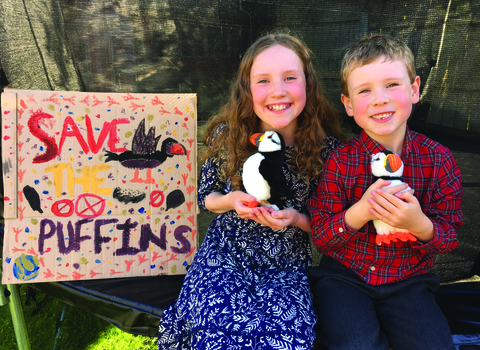
We met people from all across Yorkshire...
We've loved welcoming our members and supporters to events and introducing new people to the Yorkshire Wildlife Trust community. We've had some big moments - the online Yorkshire Puffin Festival back in May and our Wild Winter Wonderland willow sculpture trail at Potteric Carr just to name a couple.
From Spurn Safaris to Forest Tots and guided walks to needle felting, helping you to discover wildlife is just one of our favourite things to do. In fact, Sophie and Theo were so inspired by our Puffin Festival that they created a Puffin Club at school and went on local radio to talk about how you can help - amazing!
And of course, we ran our second-ever Great Yorkshire Creature Count to great success - we hope even more of you will get involved next year!
We stood up for wildlife...
Yorkshire's amazing wildlife and wild places are often under threat from the multiple pressures around them - the climate emergency, habitat loss and development. We may only be a small organisation, but we speak up and advocate for wildlife when we're able to make a difference.
This year, we campaigned strongly against a quarry extension next to Brockadale nature reserve. Although we were unsuccessful, we managed to change the vote of several of the councillors and raised awareness about this rare and unique reserve.
We've also been campaigning against wildlife crime - asking the North Yorkshire Police, Fire and Crime Commissioner candidates how they plan to reduce wildlife crime in the region. We'll continue to keep the pressure up into next year!
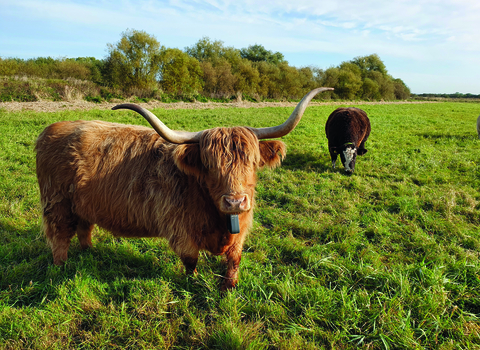
We moo-ved with the times...
Grazing nature reserves with cows, sheep and ponies is one of the best ways to maintain features like grasslands, fen, mires and saltmarsh. This year we have trialled some exciting new technology – the world’s first virtual fence for livestock! Solar-powered livestock collars, produced by a company called NoFence, are being trialled at Wheldrake Ings and Spurn National Nature Reserve.
These high-tech collars mean we can see where our cows are on our phones and change field boundaries at the click of a button in the office or at home, without having to set up or move miles of electric fencing. The volunteer checkers can even scan a QR code on the gate to know where to look for the cows! This technology can help us to graze areas that were impractical to fence and graze before, creating better habitat for species including snipe, meadow plants and insects.
It's all thanks to you.
Your support helps us to achieve incredible things for Yorkshire's wildlife and wild places. Whether you've given your money, your time or your words of support - we're so grateful. Thank you.

